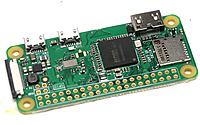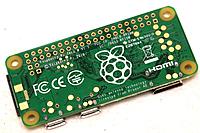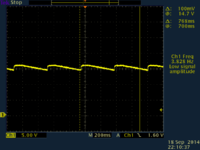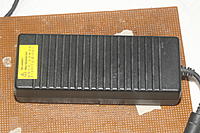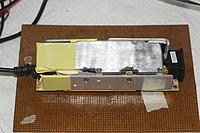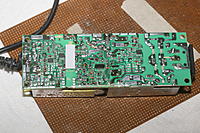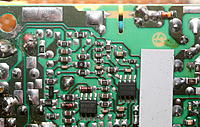Archive for April, 2017
Comments (0)
Add Comment
-
 Views: 191
Views: 191
The pattern is drawn -
 Views: 199
Views: 199
The 1st design was a failure. There were gaps in the segments. -
 Views: 182
Views: 182
-
 Views: 202
Views: 202
Attempt to salvage the failed segment design after the 1st of 3 LED reinstallations. -
 Views: 200
Views: 200
2nd attempt at segments. This added 1 LED per segment but filled in the gaps. -
 Views: 178
Views: 178
Segments were painted to increase brightness -
 Views: 181
Views: 181
Completed segments with paint -
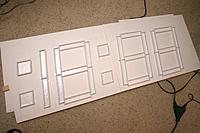 Views: 184
Views: 184

